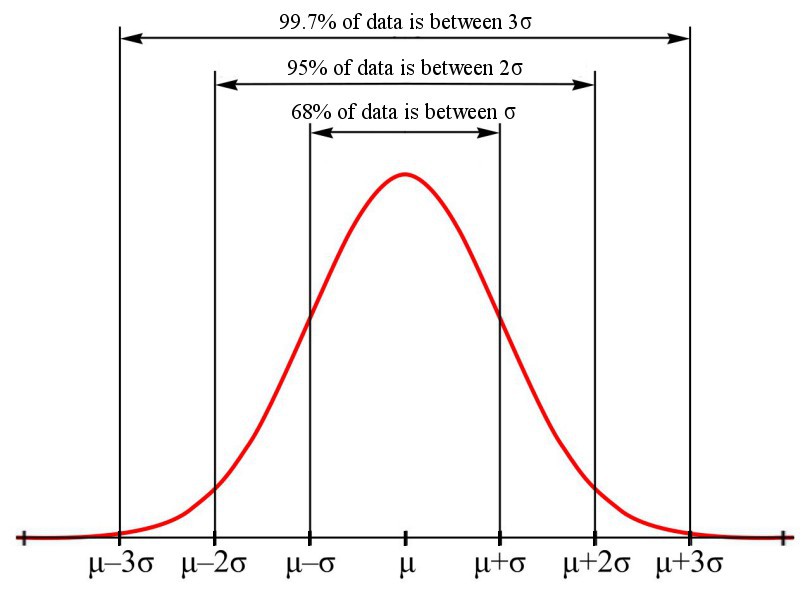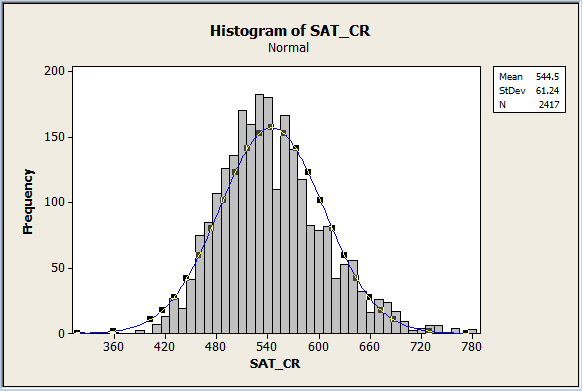

Here are the steps to create a bell curve for this dataset: (You can calculate the mean using the AVERAGE function in Excel and Standard Deviation using the STDEV.P function). The mean score of the class is 65 and the standard deviation is 10. Let’s take an example of a class of students that have been scored in an exam.
#Empirical rule percentages in excel how to#
Now let’s see how to create a bell curve in Excel. 99.7% of the total data points lie in the range (Mean – 3*Standard Deviation to Mean + 3*Standard Deviation).95.5% of the total data points lie in the range (Mean – 2*Standard Deviation to Mean + 2*Standard Deviation).68.2% of the total data points lie in the range (Mean – Standard Deviation to Mean + Standard Deviation).The center of the bell curve is the mean of the data point (also the highest point in the bell curve).When you have a dataset that is normally distributed, your bell curve will follow the below rules: Similarly, 95% of the people are within 2 standard deviation – which would be 52-68 Kgs. It means that 68% of the people’s weight is within 1 standard deviation from the mean – which would be 56-64 kg. In this dataset, the average weight is 60 kg, and the standard deviation is 4 kg. For example, suppose you have a group of 50 people, and you are recording their weight (in kgs). Standard Deviation – it shows how much the dataset deviates from the mean of the dataset.Mean – the average value of all the data points.Now to understand bell curve, you need to know about two metrics: Students getting higher marks are on the right side of the curve and students getting low marks are on the left of the curve (with most of the students being in the middle around mean score). Using the bell curve approach, the marks of students are converted into percentiles that are then compared with each other. To keep the comparison fair and keep the competitive spirit alive, a bell curve is often used to evaluate performances (at least that’s how it was when I was in college). However, using it, you can not differentiate between someone who got 81 and someone who got 95 (as both would get the A grade). Now there is nothing wrong in this kind of grading system. But since you set a really easy paper, everyone scored above 80 and got the A grade. According to your grading system, anyone who gets above 80 out of 100 gets an A grade. Suppose you have a class of 100 students that appear for an exam. This means that even if your team is the best team ever and you’re all superheroes, only a handful of you would get the top rating, most of the people in your team would get an average rating, and a handful will get the lowest rating.

Suppose you work in a team of 100 members and your manager tells you that your performance will be relative to others and will be evaluated on the bell curve. Now before I jump in on how to create a bell curve in Excel, let’s get a better understanding of the concept by taking an example. It is often used during employee performance appraisals or during evaluation in exams ( ever heard – “You will be graded on the curve?”).

In the bell curve, the highest point is the one that has the highest probability of occurring, and the probability of occurrences goes down on either side of the curve. A bell curve (also known as normal distribution curve) is a way to plot and analyze data that looks like a bell curve.


 0 kommentar(er)
0 kommentar(er)
